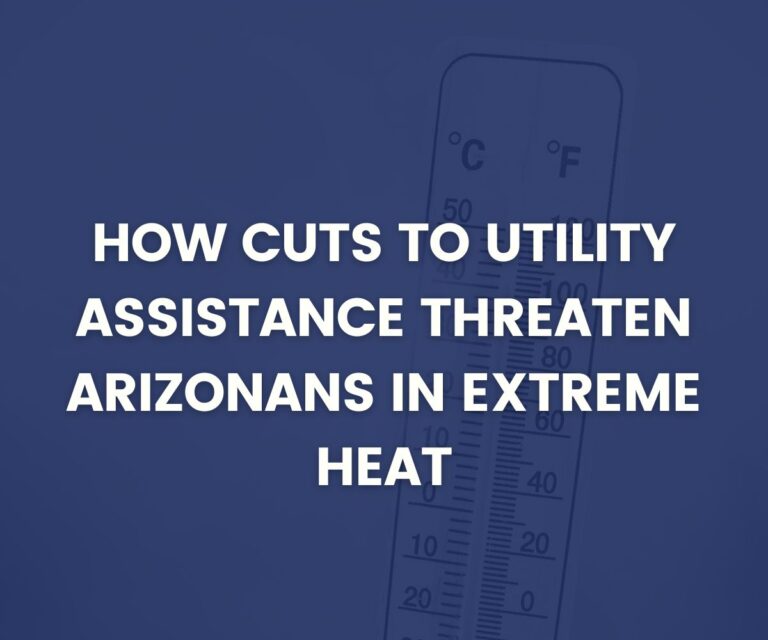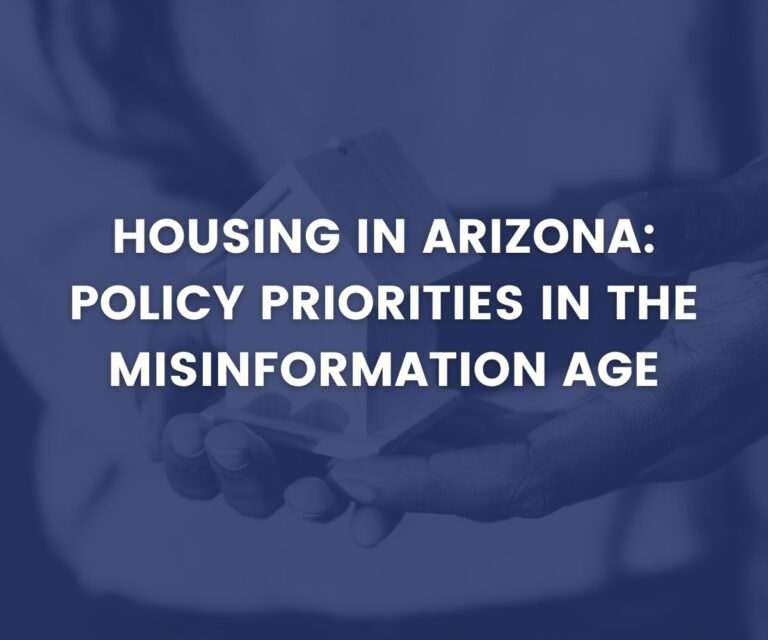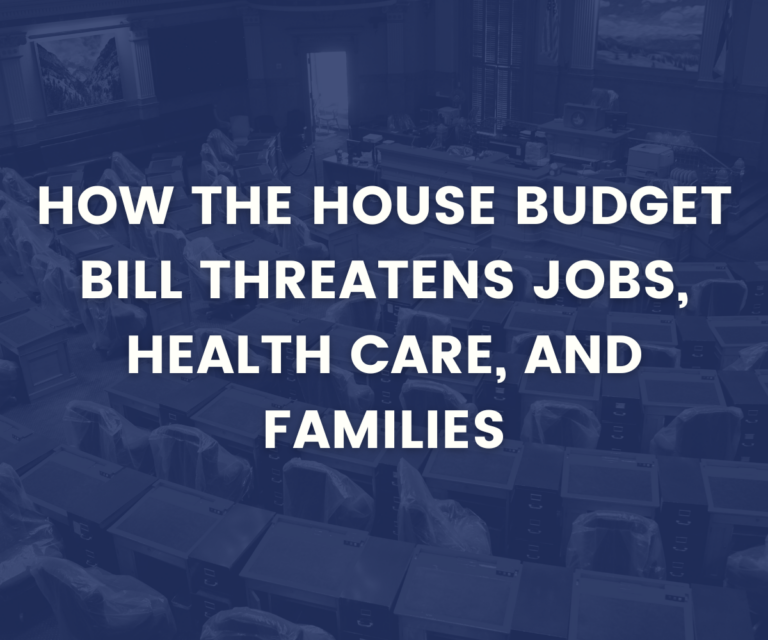Arizona in the time of COVID-19 – Food Access
The COVID-19 pandemic and the resulting loss of income has put a real strain on the ability for many households in Arizona to afford adequate food. Together with the inability to afford rent and other usual household expenses, food insufficiency continues to threaten the well-being of far too many Arizonans. According to analysis of the Household Pulse Survey from the U.S. Census Bureau, over 476,000 Arizona households (1 in 10) often or sometimes did not have enough to eat in the week prior to the survey. Survey responses further demonstrate that food insufficiency and affordability are especially challenging for households of color, households with children, and households with lower incomes.
Food access and race
According to recent estimates, households of color in Arizona are far less likely to have sufficient food. The rate of food insufficiency among Latinx households, Black households, or households where other or multiple races are reported (including American Indian) is over twice that of White households.
Food access and presence of children in household
Hardship during the pandemic, including food insufficiency, is also particularly felt by households with children. These respondents are more likely to report both experiencing recent food insufficiency.
Food access and prior income
Lower-income households are significantly more likely to experience recent food insufficiency. Nearly half of households reporting food insufficiency made less than $35,000 in 2019. And among households with prior incomes below $25,000, more than 1 in 4 report not having enough to eat in the week prior to the survey, nearly three times the Arizona average.
About the data
The Household Pulse Survey, launched by the U.S. Census Bureau in April 2020, provides nearly real-time weekly data on how COVID-19 is impacting the lives and livelihoods of Americans. Along with stories from those impacted, administrative data, and other surveys, it is an important tool to demonstrate the need and craft policy solutions for Arizonans. The AZCenter will be updating this entry monthly to reflect new data collected. For more information on the Household Pulse Survey, visit this website. For more national data, or to see how Arizona compares to other states regarding hardship as a result of the COVID-19 pandemic, visit the tracker published by the Center on Budget and Policy Priorities.



